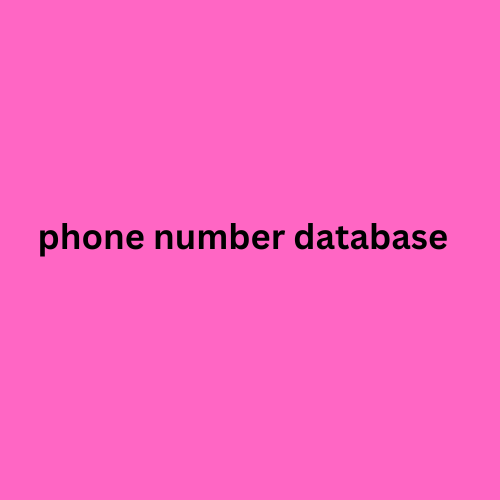When you have a large target Promotional Products market, the only logical step is market segmentation. In other words, split your target market into segments. You can then assess and influence each segment individually. Here’s how promotional products can play into that strategy.
Marketing Sells Products and Services
We all know what the primary purpose of marketing is. We’ve all been its subjects from the very first time we were old enough to comprehend an ad. Put simply, a company’s marketing efforts are aimed at its target audience, and they serve as a means to sell products or services.
To ensure success, the marketing department of any company has to get to know the target market through detailed analysis. Once it pinpoints the main aspects of its preferred demographic, it sends out messages that appeal to the audience directly.
Naturally, these messages have a clear task on hand. They must inform people about specific products and services and persuade those people to buy them.
Is Marketing Really That Simple?
It all does seem simple when put in writing like this, and for some businesses, it is THAT easy. If someone has just one product or target market, they don’t have to do a painstaking analysis of their market. Nor do they need to employ market segmentation.
With just one target market, you’re working with a singular marketing message that should influence all those people. The plot thickens in the case of larger organizations, like car brands.
Though all car manufacturers have to target drivers—any gender, any profession, anywhere—they produce a great variety of cars that fit different kinds of people. Some may prefer a larger trunk and lots of space for a big family. Others, however, may be more into clever tech design that would wow everyone around them.
Clearly, a singular marketing message phone number database wouldn’t work on all those types of people because they have different needs. The only suitable solution in that case, then, is market segmentation.
RELATED ARTICLE: WHAT TO LEARN FROM NETFLIX’S MARKETING STRATEGY
What Is Market Segmentation?
When you have a large target china data market, the only logical step is to split it up into segments. You can then assess and influence each segment individually.
The purpose is to create the most appealing message for each segment’s audience to ensure the best result. This includes more than just changing the ads’ nature, such as by making them more emotional or informational. Every segment is assigned a specific tone, and various segments may also require completely new content, too.
However, for market segmentation to actually have a solid impact, there are a few rules to keep in mind. The most important of all is that the market segments themselves have to be:
Measurable. You can identify the size and the purchasing power of the market and acquire quantifiable data on it.
Accessible. The company can reach the consumers with ease and without going over the budget.
Substantial. The number of people you want to reach should be large enough to affect the profit, but not too unreasonable. If the segment is too big, it won’t be possible to reach its whole audience. In that case, you risk wasting resources.
Differentiable. The people in a specific segment should have similar needs so that the advertising is cost-effective and appeals to as many individuals as possible at once. Each segment should be homogeneous (or as close to that as you can manage).
Actionable. You should be able to offer the products or services that a particular segment needs and wants. In other words, the segment needs to have a practical value and be responsive to your marketing strategy or program.
What Is the Difference Between Undifferentiated and Differentiated Market Segmentation?
You’ve likely come across undifferentiated marketing before, but you perhaps call it mass marketing. In general, this form of marketing entails creating one message for the entire audience.
Some of the most significant advantages of undifferentiated marketing include:
Improved brand recognition
Greater reach
Cost-effectiveness, especially in the long run
With undifferentiated marketing, you don’t have to worry about constantly changing up the content. Moreover, there’s no need to research the social post market in depth. For example, if you own a flower shop, you can employ mass marketing successfully. This is because the needs of your target audience don’t change. They’re all after flowers, one way or another, for various occasions. But those don’t necessarily change your customer base.
Differentiated (or segmented) marketing, on the other hand, entails dividing your market into two or more well-defined, manageable segments. Nike and similar sportswear stores are great examples of this form of marketing. Yes, the company mostly produces trainers. But in order to target specific consumer groups, it offers a wide variety of trainers ideal for different types of people. For example, some of Nike’s specific groups include runners, cyclists, weightlifters, and so on.

